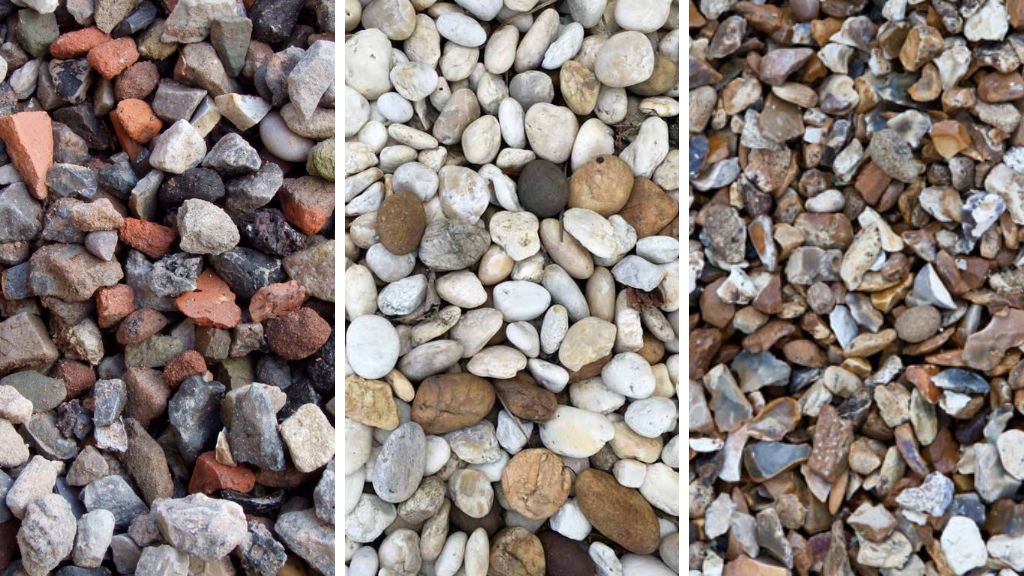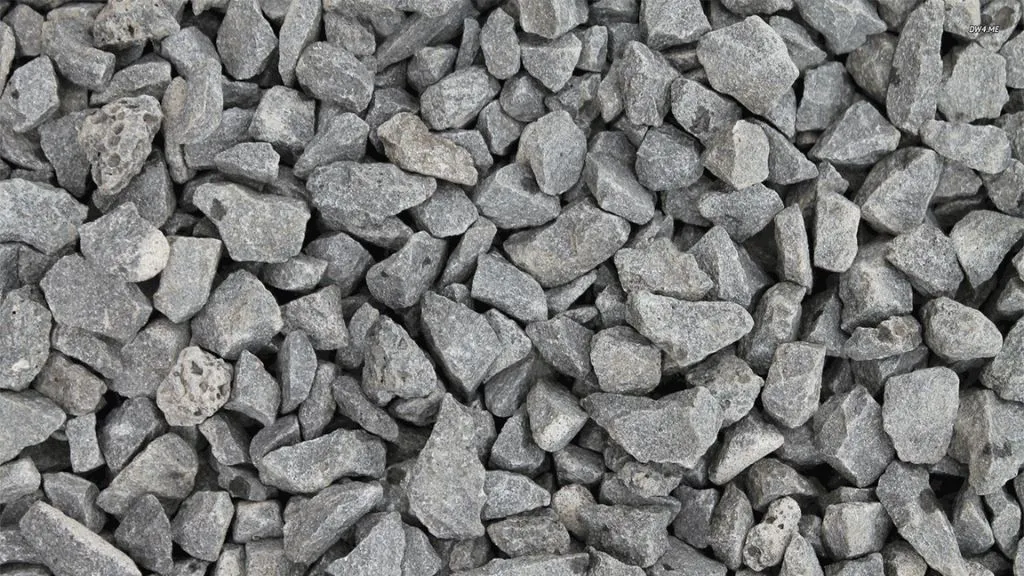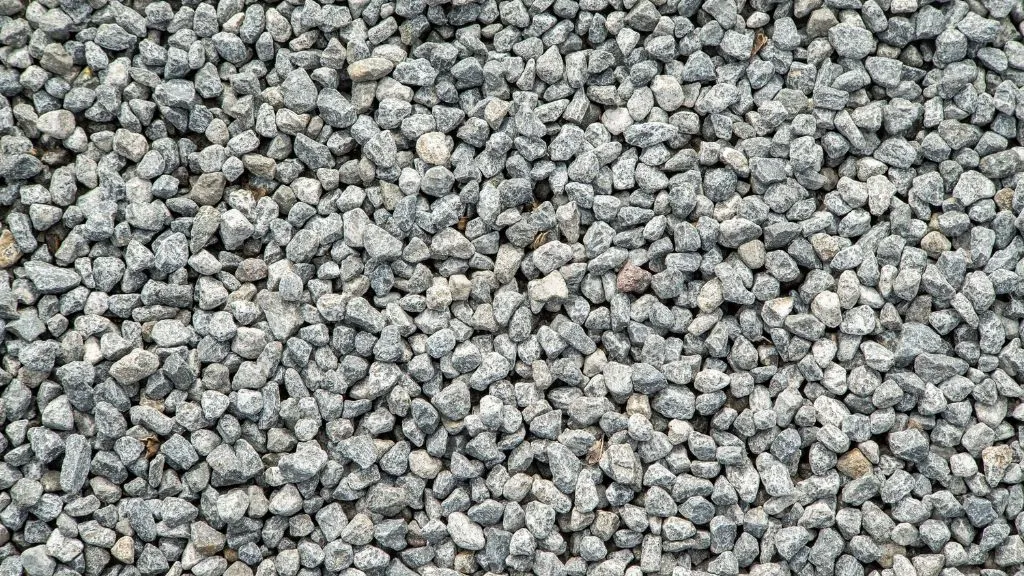Property Geek
We provide the actual and accurate information with unbiased user driven reviews to our viewers, to help them see the best and find the best!
View posts
Aggregates are the building blocks of construction, playing a vital role in the strength and durability of structures. These materials, derived from natural or manufactured sources, are used in concrete, roadways, and other construction applications. Choosing the right type of aggregate is crucial as it directly impacts the quality and performance of the construction project.
The size, shape, and type of aggregates used can greatly impact properties such as its compressive strength, workability, and durability. As such, selecting the appropriate aggregates is a critical consideration in any construction project involving concrete. In this article, we’ll explore the different types of aggregates, their characteristics, and their specific applications to help you make informed decisions in your construction endeavors.
The term “aggregate” refers to a mixture of coarse and fine materials such as sand, gravel, crushed stone, and recycled concrete. Aggregates are typically combined with cement and water to create concrete, which is a vital building material used in a wide range of construction projects, including roads, bridges, buildings, and other structures.
Aggregates serve as the primary structural filler in concrete, providing the necessary strength and durability to the final product. The size, shape, and type of aggregates used can greatly impact the properties and characteristics of the resulting concrete, such as its strength, workability, and durability.
Types of aggregates are classified based on the results of the Sieve Analysis that grades the aggregates and assigns their group. Aggregation is a type of association relationship so aggregates are binding particles that form the structure of concrete. Here are its two major types:

Different types of coarse aggregates that won’t pass through a sieve with 4.75 openings are coarse aggregates. They will pass through a 3-inch screen and if it’s larger than the normal coarse aggregate size, the complete structure will lack strength because of voids and arches that get filled with fibre cement and sand particles. The desirable properties of coarse aggregates are

Particles that pass through a ⅜ inch or 9.5 mm sieve or a no. 4 4.75 mm sieve are called fine aggregates. Different types of fine aggregates can be retained on the no. 200 75 micrometre sieve and are commonly used for economical and workability factors.
Fine aggregates are mainly used to fill up the voids formed by coarse aggregates which is why it is also called the workability agent. Fine aggregates directly affect the properties of concrete. Its strength, shape, texture, grading, and size decide the properties of concrete.
Different types of aggregates are used in concrete because of their economic factor in providing strength to the structure by reducing all kinds of cracks. Here are its mainstream uses:
Depending on its application, concrete can be crushed or used in its original state. aggregates are an essential component of building materials used in construction. They play a crucial role in enhancing the strength, durability, and other properties of concrete and other materials. Understanding the different types of coarse and fine aggregates available can help builders and construction professionals make informed decisions when choosing materials for their projects.